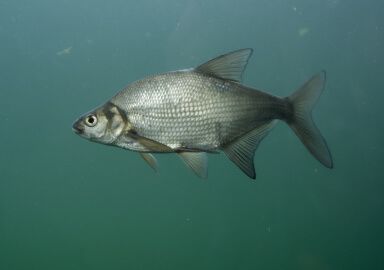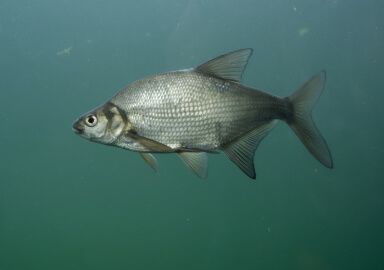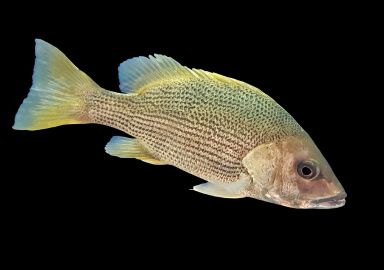Black Bream
Black bream, a sought-after species for sport fishing, thrives in southern Australia's estuaries, lagoons, and rivers.
View 4 listings
4
listings
–
price starting from
3
countries
–
to the nearest trip
Where and When?
Black bream are found around the southern areas of Australia including parts of Tasmania. They are an estuarine and freshwater species, and are rarely found in full seawater. In some estuaries black bream are numerous enough to be important for commercial fisheries, while in others they are barely present. Having spawned in freshwater, juveniles descend into estuaries and lagoons where they mature before themselves heading upstream again.
The black bream are often found around structures, be it natural or artificial reefs and wrecks, solid or weed-beds and such structures will tend to attract any passing black bream. Young fish shoal, while adults are solitary, adept ambush predators. Fishing is best very early or early in the day or late in the afternoon. During the middle of the day black bream tend to hide around structures. Black bream fishing can be successful throughout the year, the best time, however, is before the annual spring spawning run when the fish are aggregating and also eating aggressively.
About Black Bream
The black bream (Acanthopagrus butcheri) is an important species for sport fishing, with occasional commercial use. A member of the Sparidae family, the black bream is laterally compressed with a pointed head, large mouth, sharp canine teeth, big shiny scales, and large eyes. Its colour is golden, grey, or brown on the top and flanks, graduating to much paler on the belly. The dorsal fin has several sharp spines and the anal fin has one strong sharp frontal spine.
Black bream can live up to 29 years and the largest specimens are about 60 cm (23.6 in.) with a mass of around 4 kg. (8.8 lbs). Most fish caught by anglers are smaller, about 23-30 cm (9-12 in.) in length and well under 2 kg. (4.4 lbs.) in weight. Black bream are mostly bottom or ambush predators. They start life eating shellfish, worms and crustaceans, and later switch to small fish. The species undergoes an annual upstream migration to spawn in freshwater, unlike other similar marine condition spawning species.
How to Catch?
Black bream, as with other members of this genus, have a reputation for being wary and at times quite difficult to fool. Depending on the area it is usually possible to catch them from the shore, a pier, or a sandbank and most are caught using light spinning tackle. In the past, dead natural baits such as a small fish fillet or piece of squid were usually used, the traditional way to catch black bass being to cast the bait into a likely spot and await a bite. This worked, but spinning, using a great variety of lures from metal “mepps” to plastic worms or lead-head jigs has recently proven to be fun, exciting and also productive. Fly fishing is also gaining popularity. Outwitting a decent-sized black bream can be a very satisfying fishing experience for both dedicated and enthusiastic specialist local anglers and for tourists.










